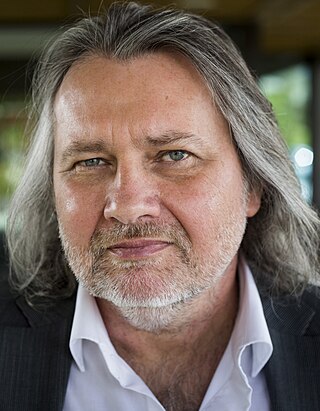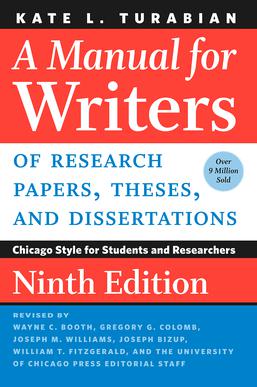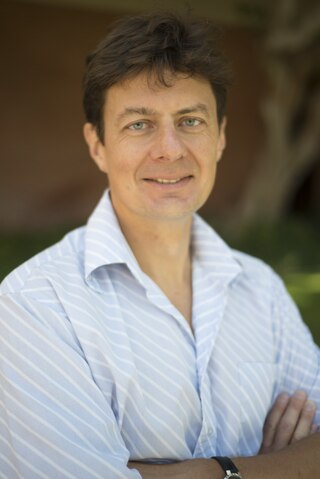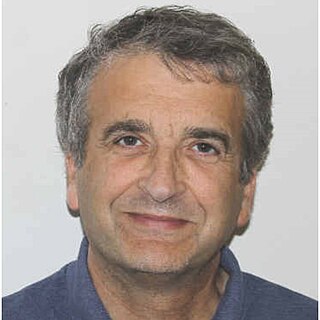Photocurrent is the electric current through a photosensitive device, such as a photodiode, as the result of exposure to radiant power. The photocurrent may occur as a result of the photoelectric, photoemissive, or photovoltaic effect. The photocurrent may be enhanced by internal gain caused by interaction among ions and photons under the influence of applied fields, such as occurs in an avalanche photodiode (APD).

Steven Weinberg was an American theoretical physicist and Nobel laureate in physics for his contributions with Abdus Salam and Sheldon Glashow to the unification of the weak force and electromagnetic interaction between elementary particles.

The American Institute of Physics (AIP) promotes science and the profession of physics, publishes physics journals, and produces publications for scientific and engineering societies. The AIP is made up of various member societies. Its corporate headquarters are at the American Center for Physics in College Park, Maryland, but the institute also has offices in Melville, New York, and Beijing.
The ACS Style is a set of standards for writing documents relating to chemistry, including a standard method of citation in academic publications, developed by the American Chemical Society (ACS).

Spartan is a molecular modelling and computational chemistry application from Wavefunction. It contains code for molecular mechanics, semi-empirical methods, ab initio models, density functional models, post-Hartree–Fock models, and thermochemical recipes including G3(MP2) and T1. Quantum chemistry calculations in Spartan are powered by Q-Chem.
REVTeX is a collection of LaTeX macros which is maintained and distributed by the American Physical Society with auxiliary files and a user support guide, as part of a "REVTeX toolbox." REVTeX is used to submit papers to journals published by the American Physical Society (APS), the American Institute of Physics (AIP), and the Optical Society of America (OSA). REVTeX is accepted by a few other technical publishers as well.
The Institute of Electrical and Electronics Engineers (IEEE) style is a widely accepted format for writing research papers, commonly used in technical fields, particularly in computer science. IEEE style is based on the Chicago Style. In IEEE style, citations are numbered, but citation numbers are included in the text in square brackets rather than as superscripts. All bibliographical information is exclusively included in the list of references at the end of the document, next to the respective citation number.

Peter Schwerdtfeger is a German scientist. He holds a chair in theoretical chemistry at Massey University in Auckland, New Zealand, serves as Director of the Centre for Theoretical Chemistry and Physics, is the Head of the New Zealand Institute for Advanced Study, and is a former president of the Alexander von Humboldt Foundation.

A Manual for Writers of Research Papers, Theses, and Dissertations is a style guide for writing and formatting research papers, theses, and dissertations and is published by the University of Chicago Press.

In science and technology, an arbitrary unit or procedure defined unit (p.d.u.) is a relative unit of measurement to show the ratio of amount of substance, intensity, or other quantities, to a predetermined reference measurement. The reference measurement is typically defined by the local laboratories or dependent on individual measurement apparatus. It is therefore impossible to compare "1 arb. unit" by one measurer and "1000 arb. unit" by another measurer without detailed prior knowledge on how the respective "arbitrary units" were defined; thus, the unit is sometimes called an unknown unit. The unit only serves to compare multiple measurements performed in similar environment, since the ratio between the measurement and the reference is a consistent and dimensionless quantity independent of what actual units are used. Units of such kind are commonly used in fields such as physiology to indicate substance concentration, and spectroscopy to express spectral intensity.

Padma Kant Shukla was a distinguished Professor and first International Chair of the Physics and Astronomy Department of Ruhr-University Bochum in Germany. He was also the director of the International Centre for Advanced Studies in Physical Sciences at Ruhr-University Bochum. He held a PhD in physics from Banaras Hindu University in Varanasi, India and a second doctorate in Theoretical Plasma Physics from Umeå University in Sweden.

Oleg V. Prezhdo is a Ukrainian–American physical chemist whose research focuses on non-adiabatic molecular dynamics and time-dependent density functional theory (TDDFT). His research interests range from fundamental aspects of semi-classical and quantum-classical physics to excitation dynamics in condensed matter and biological systems. His research group focuses on the development of new theoretical models and computational tools aimed at understanding chemical reactivity and energy transfer at a molecular level in complex condensed phase environment. Since 2014, he is a professor of chemistry and of physics & astronomy at the University of Southern California.
Frank F. Fang is a Chinese-American solid-state physicist. He was part of the team that succeeded in 1966 in the detection of a two-dimensional electron gas and its quantum properties in semiconductors.
Tony Frederick Heinz is an American physicist.

John Holmes Malmberg was an American plasma physicist and a professor at the University of California, San Diego. He was known for making the first experimental measurements of Landau damping of plasma waves in 1964, as well as for his research on non-neutral plasmas and the development of the Penning–Malmberg trap.
Richard Allan Ferrell (1926–2005) was an American theoretical physicist, specializing in condensed matter physics and statistical physics.
Robert Otto Pohl is a German-American physicist, specializing in condensed matter physics topics such as solid state physics, thermal conductivity, and thin films, who is the Goldwin Smith Emeritus Professor of Physics at Cornell University where he has been on the faculty since the 1950s.
Blayne Ryan Heckel is an American experimental physicist, known for his research involving precision measurements in atomic physics and gravitational physics. He is now a professor emeritus at the University of Washington in Seattle.
Dov I. Levine is an American-Israeli physicist, known for his research on quasicrystals, soft condensed matter physics, and statistical mechanics out of equilibrium.

A.F.J. (Tony) Levi is a Professor of Electrical and Computer Engineering at the Department of Electrical and Computer Engineering of the University of Southern California (USC).










